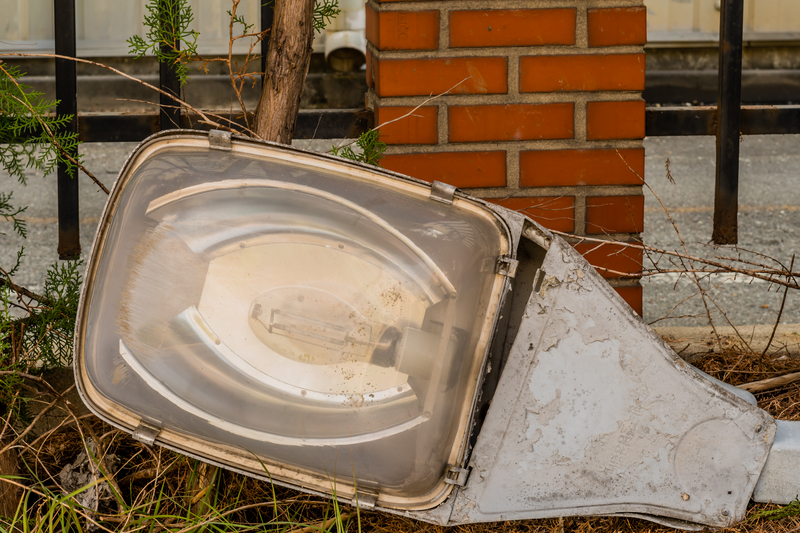
City 311 data could predict opioid hotspots
13 November 2020
by Sarah Wray
Data about service requests to city non-emergency telephone lines can help identify potential hotspots for opioid use and overdoses, a new study suggests. Adopting such an approach could help cities direct opioid outreach and resources to where they are most needed.
Researchers at Ohio State University found that calls to the 311 line in the City of Columbus tracked closely to places and times where opioid overdose events were on the rise. 311 lines are non-emergency phone numbers that residents in many North American cities can call to get information about services, make complaints or report problems like graffiti or potholes.
Findings showed that calls about issues such as municipal code violations, public health matters like pest management and broken streetlights were the best indicators of opioid use in Columbus communities.
“Complaints to the city about issues like streetlight repair, abandoned vehicles and code violations reflect disorder and distress that are also linked to opioid use,” said Yuchen Li, lead author of the study and doctoral candidate in geography at The Ohio State University.
“311 data helps identify which parts of the community may be the next hotspot for opioid overdoses.”
The study has been published in the Scientific Reports journal.
Opioid epidemic
In 2017, the US department of Health and Human Services (HHS) declared the opioid crisis a public health emergency. An all-time high of almost 72,000 people in the US died from drug overdoses in 2019, with opioids involved in more than two-thirds of the deaths. Ohio ranks in the top five states for opioid-related overdose deaths.
The Ohio State University project used data on Columbus emergency personnel responses to opioid overdoses in the city between 2008 and 2017.
These incidents are tracked, aggregated and summarised on the Franklin County Opioid Crisis Activity Levels (FOCAL) Map. The researchers compared the location and time of each overdose with open data on 311 calls received from residents in the same area near the same time.
Ten out of 21 types of 311 requests were specifically associated with nearby opioid overdoses. Calls about code violations, public health issues, food security, unsanitary conditions due to animals, and problems with street lighting were the most accurate predictors of opioid overdose hotspots. Other linked calls included those about abandoned vehicles, animal complaints, law enforcement, trash/litter, street maintenance, traffic signs and water, sewers and drains.
Calls that were not related to overdoses included those about snow and ice removal, trees, and recreation and parks.
Dynamic data
Harvey Miller, co-author of the study and professor of geography at Ohio State, told Cities Today: The upshot for cities is that there are alternatives to census and other social data that is only updated at infrequent intervals. Opioid misuse disorder is a very dynamic crisis; we need data that is dynamic too if we are going to keep up. 311 data can help point to underlying social and economic factors that should be investigated and resolved, if appropriate. It can also help with strategic resource planning and community outreach.”
Standardisation could be key to broader adoption of this approach, says Miller, who is director of Ohio State’s Center for Urban and Regional Analysis.
“It is important to realise that 311 data is not classified in the same way across cities, making more general comparisons difficult,” he commented. “A big step for all cities would be to come up with a standard 311 classification system, or a way to translate data definitions among cities. In the immediate timeframe, cities should try to recreate our analysis on their own data to see what indicators and insights emerge.”
Miller noted that the results are exploratory and require more directed investigation but said: “This opens new ways for cities to gain insights into their challenges and potential solutions.”







